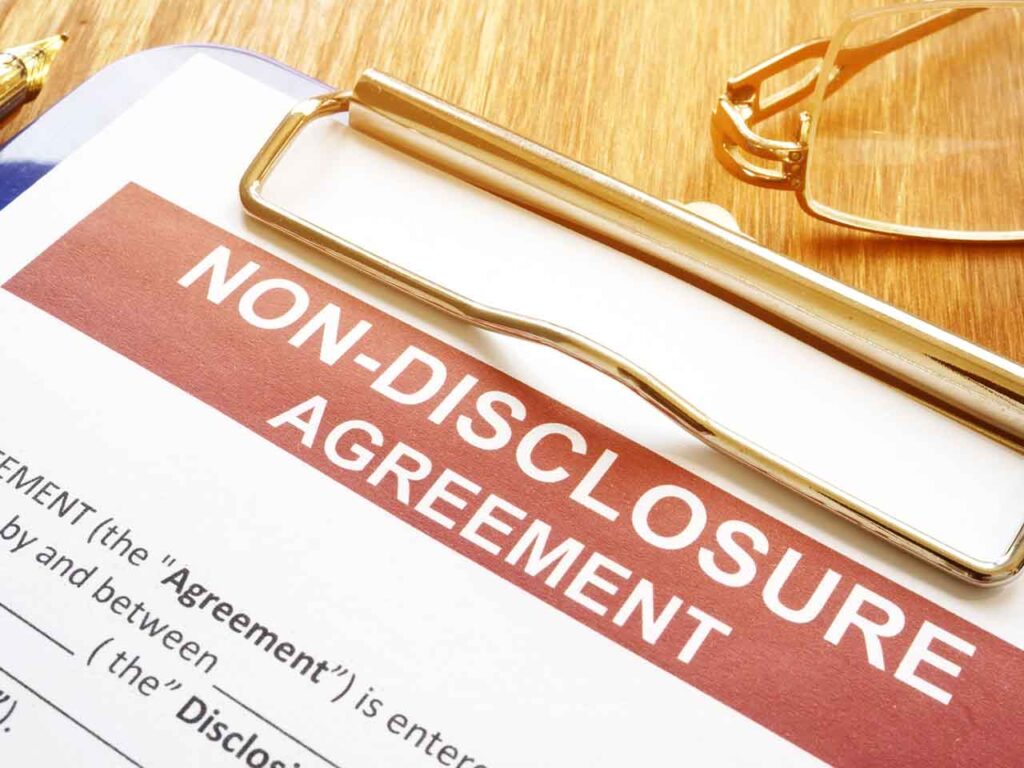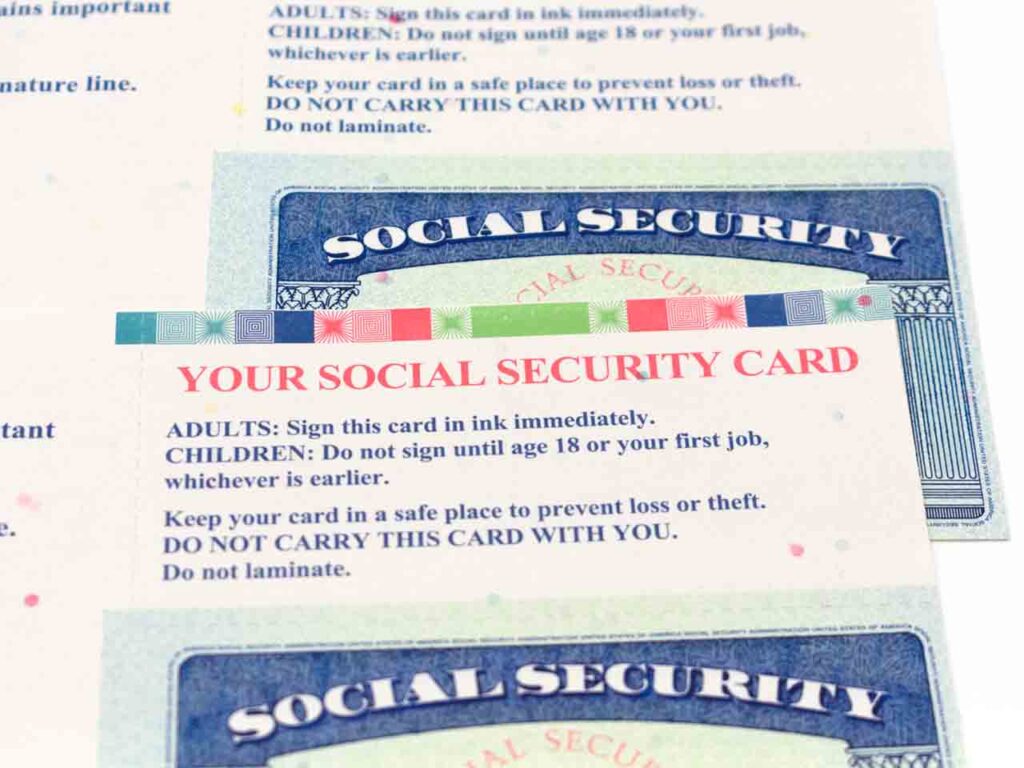A Non-Disclosure Agreement (NDA), also known as a confidentiality agreement, is a legally binding contract between two or more parties that outlines the terms and conditions for sharing sensitive or proprietary information.
The primary purpose of an NDA is to protect confidential information, trade secrets, or intellectual property from unauthorized disclosure or use by individuals or entities not involved in the agreement.
Stay One Step Ahead of Cyber Threats
NDAs are commonly used in business negotiations, joint ventures, research collaborations, employment contracts, or any situation where sensitive information needs to be shared between parties.
6 Key Elements of an NDA
1. Definition of Confidential Information
A clear description of the information to be protected, such as technical data, business strategies, customer lists, or financial details.
2. Obligations of the Receiving Party
The agreement outlines the receiving party’s responsibilities to protect confidential information, including measures to prevent unauthorized access, use, or disclosure.
3. Exclusions
Certain information may be excluded from the NDA, such as information that is already publicly available, independently developed by the receiving party, or legally obtained from a third party.
4.Duration
The NDA specifies the period during which the receiving party is obligated to maintain confidentiality, which may be a set number of years or indefinitely, depending on the nature of the information and the agreement terms.
5. Remedies
The NDA includes provisions for addressing breaches of the agreement, such as monetary damages, injunctions, or other legal remedies to protect the disclosing party’s interests.
6. Return or Destruction of Information
The agreement may require the receiving party to return or destroy the confidential information upon the termination of the relationship or upon the disclosing party’s request.
Summary
A Non-Disclosure Agreement is a legal tool used to protect sensitive information and ensure that it is only used for the intended purposes by the parties involved.
It helps maintain trust and confidentiality in business relationships and promotes the secure sharing of valuable knowledge and ideas.
Non-Disclosure Agreement (Video)
"Amateurs hack systems, professionals hack people."
-- Bruce Schneier, a renown computer security professional






